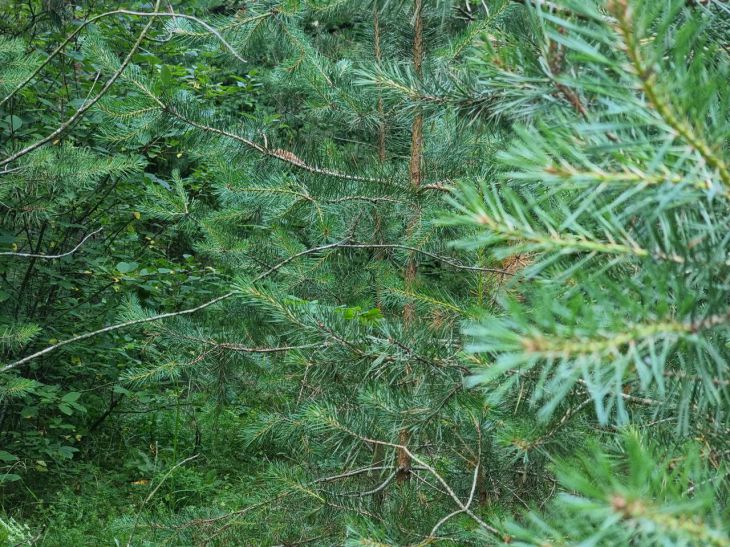- Soil acidity and plant selection
- Mulching berry bushes
- Using pine needles for ornamental plants
- Mulching of coniferous plants
- The Role of Pine Needles in Maintaining Soil Health
- Benefits of Pine Needles in Weed Control
- Preparation and use of pine needles for mulching
- Compatibility of pine needles with other types of mulch
- Possible problems and their solutions
What plants can be mulched with pine needles: mistakes can ruin plants
Mulching with pine needles is becoming popular among gardeners because it improves soil structure, retains moisture and suppresses weed growth.
It is important to know which plants can benefit most from this method.
Improper use of pine needles can negatively affect plant health.
To avoid making mistakes, you should pay attention to the recommendations of the expert of the online publication "BelNovosti", scientist-agronomist and landscape designer Anastasia Kovrizhnykh .
Soil acidity and plant selection
Pine needles have an acidic reaction and are ideal for plants that prefer acidic or slightly acidic soils.

Azaleas, rhododendrons and hydrangeas grow well in this environment.
Mulching with pine needles maintains the necessary pH level and improves the growing conditions for these plants.
Mulching berry bushes
Berry bushes such as blueberries, cranberries and lingonberries also like acidic soil. Conifer needles will help maintain the optimum acidity level and protect the bushes from drying out.
These plants require special attention to the soil, and pine mulch will be an excellent solution for maintaining their health and productivity.
Using pine needles for ornamental plants
Many ornamental plants, such as hostas, ferns and lilies, also benefit from mulching with pine needles.
These plants prefer cool and moist soil, and coniferous mulch helps retain moisture and prevents the roots from overheating. In addition, the needles give flower beds and garden compositions a neat and well-groomed look.
Mulching of coniferous plants
Conifers such as spruce, pine and arborvitaes are ideal for mulching with pine needles.
This method imitates their natural habitat in forests, where falling needles form a layer of organic material. Mulching conifers helps improve soil structure, retain moisture, and protect the root system from temperature fluctuations.
The Role of Pine Needles in Maintaining Soil Health
Using pine needles as mulch helps improve soil health.
The needles decompose slowly, enriching the soil with organic matter and improving its structure. This is especially useful for heavy and clay soils that need improved drainage and aeration.
The gradual decomposition of needles promotes the development of beneficial microorganisms, which has a positive effect on the general condition of the plants.
Benefits of Pine Needles in Weed Control
Pine needles create a dense layer of mulch that effectively suppresses weed growth. This reduces the amount of time spent on weeding and the use of chemical herbicides.
It is important to monitor the thickness of the mulch layer - it should be dense enough to prevent weeds from growing, but not too thick so as not to interfere with the penetration of air and water to the roots of plants.
Preparation and use of pine needles for mulching
Before using pine needles as mulch, they need to be cleared of branches and debris and dried slightly to avoid mold and mildew.
To do this, apply mulch in an even layer about 5-7 centimeters thick, but leave a small distance around the stems of the plants to avoid rotting.
Compatibility of pine needles with other types of mulch
Pine needles combine well with other types of mulch and help improve soil structure and provide plants with essential nutrients.
For example, a combination of pine needles and compost will create a balanced environment for plants.
Possible problems and their solutions
Although pine needles have many benefits, they can cause problems. Excessive accumulation of needles can increase the acidity of the soil, which is undesirable for some plants.
Therefore, it is recommended to periodically check the pH level and add deoxidizing materials.
Earlier we told you what you need to put under the raspberries so that the bushes are bursting with berries.
